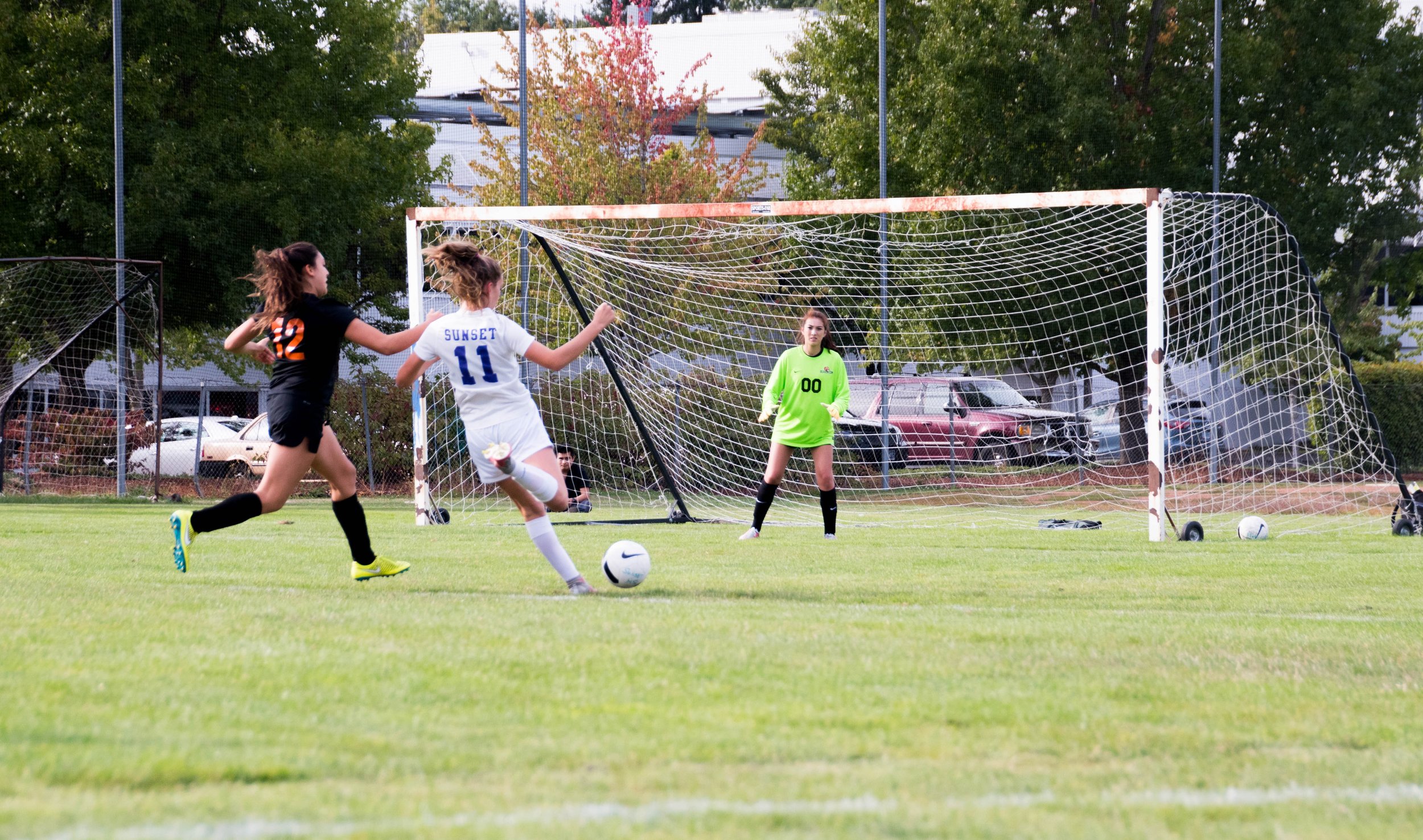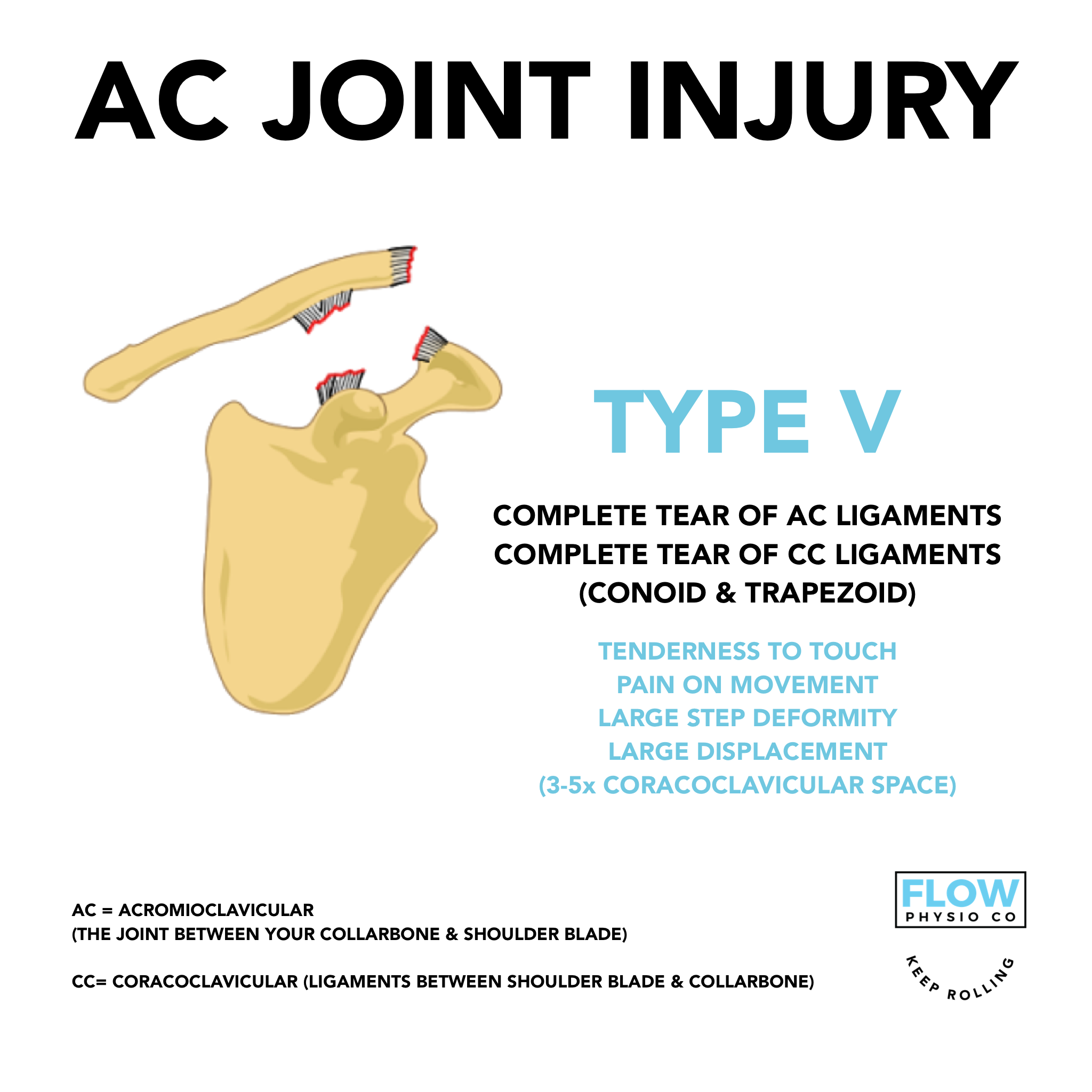Back Pain:
Myths & Misconceptions
PART ONE
Back pain is one of the most common presentations to physiotherapy and were estimated to effect 1 in 6 Australians in 2014-15.
The Australian Institute of Health and Welfare report that;
In 2008–09, around $1.2 billion of total health-care expenditure in Australia was attributed to back problems. In 2011, ‘back pain and problems’ were the third leading cause of disease burden in Australia, accounting for 3.6% of the total burden across all diseases and injuries.
Below we take a look at some of the common myths and misconceptions about back pain. Let us know what you think!
I have been told that I should rest until my back pain settles…
An acute back pain event can be significantly painful and debilitating and unfortunately some movements can be very painful and uncomfortable. However, gradually returning to movement, normal activities and work as able is shown to be better for recovery and preventing recurrence than bed rest (1-3).
I should not exercise as it will make my pain worse…
Exercise has time and time again proven to be effective medicine for both acute and chronic low back issues (4). The issue arises when people take the wrong dosage. Ie. they do too much causing aggravation and overload, or they do too little so that no adaptations can occur. Multiple forms of exercise have been beneficial for low back pain, even heavy resistance training (1,4-8) Essentially any form of movement is better than none so find what you enjoy and progressively build it up (9).
I need a scan of my back to find out what structure is damaged…
There is an abundance of research that indicates that the results of scans correlate poorly with symptoms in people with low back pain (10-12). It is also interesting to note that most people without low back issues have changes on scans that do not cause any symptoms at all (12-14). What this means is that just because there are changes present on scans does not mean there will be pain. This does not mean that scans are irrelevant but it means they are only required in the presence of certain signs and symptoms that require further investigation and not all presentations of back pain.
Because it is so painful something must be damaged…
The amount of pain experienced does not equal the amount of damage.
I have arthritis so nothing can be done…
Some form of change as we age is normal on scans, it is similar to wrinkles, but on the inside. Studies of individuals with and without back pain have shown that just because changes are present does not mean there will be pain present. Even in severe cases of arthritis positive outcomes can be achieved with appropriate management (12-14).
My back pain is due to something being out of place/out of alignment and needs to be “manipulated back in”...
No matter what you have been told in the past there is zero evidence to show that low back pain is caused by something in the back being “out of place” or “out of alignment”. This also applies to discs “slipping” out of place, sure there can be disc bulges present on scans which can be shown to shrink and resolve over time. Furthermore, as things don’t actually slip out of place or get put out of alignment there is no evidence at all to demonstrate spinal manipulations or similar techniques can actually put anything back into place (15). This is not to say it will not feel as if something is out of place or alignment. Or that you cannot get relief from some of these techniques but it is important to know from a long term point of view that a structure isn’t out of place.
I have been told I should never lift more than 10kg…
Unfortunately what this leads to is diminished capacity long term. Once the back issue settles it means that it will no longer be as strong and is often guarded and protected particularly with lifting. This leads to diminished capacity, so that in the future it is in fact less strong and resilient and therefore more likely to become reaggravated. We take the approach of rebuilding capacity and the greater we extend that capacity the more robust things become and the less likely things are to go wrong.
Take Home Messages
Stay as mobile and active as possible in the presence of back pain and gradually build things up.
Scans can be helpful but are not always necessary and it is not unusual for changes to be present.
The amount of pain does not equal the amount of damage.
Arthritis being present does not mean that pain will always be present.
It is not necessary to have ongoing manipulations to keep things in alignment.
It is important rebuild capacity to reduce the likelihood of recurrence and ongoing issues.
References
https://www.csp.org.uk/public-patient/back-pain-myth-busters
Balagu, F. et al., 2012. Non-specific low back pain. The Lancet, 379(9814), pp.482–491.
Wynne-Jones, G. et al., 2014. Absence from work and return to work in people with back pain: a systematic review and meta-analysis. Occupational and environmental medicine, 71(6), pp.448–56.
Searle et al (2015) Exercise interventions for the treatment of chronic low back pain: a systematic review and meta-analysis of randomised controlled trials; Clinical Rehabilitation 2015, Vol. 29(12) 1155 –1167.
Steele et al (2015) A Review of the Clinical Value of Isolated Lumbar Extension Resistance Training for Chronic Low Back Pain; American Academy of Physical Medicine and Rehabilitation Volume 7, Issue 2, Pages 169–187.
Bjorn et al (2015) Individualized Low-Load Motor Control Exercises and Education Versus a High-Load Lifting Exercise and Education to Improve Activity, Pain Intensity, and Physical Performance in Patients With Low Back Pain: A Randomized Controlled Trial; Journal of Orthopaedic & Sports Physical Therapy, Volume:45 Issue:2 Pages:77-85.
Pieber et al (2014) Long-term effects of an outpatient rehabilitation program in patients with chronic recurrent low back pain; Eur Spine J 23:779–785.
Vincent et al (2014) Resistance Exercise, Disability, and Pain Catastrophizing in Obese Adults with Back Pain; Med Sci Sports Exerc. 46(9): 1693–170.
Smith et al (2014) An update of stabilisation exercises for low back pain: a systematic review with meta-analysis. BMC Musculoskeletal Disorders 15:416 DOI: 10.1186/1471-2474-15-416.
Videman et al, (2003) Associations Between Back Pain History and Lumbar MRI Findings
Endcan et al, (2011) Potential of MRI findings to refine case definition for mechanical low back pain in epidemiological studies: a systematic review.
Brinjikji et al, (2015) MRI Findings of Disc Degeneration are More Prevalent in Adults with Low Back Pain than in Asymptomatic Controls: A Systematic Review and Meta-Analysis
Teraguchi et al, (2013) Prevalence and distribution of intervertebral disc degeneration over the entire spine in a population-based cohort: the Wakayama Spine Study.
Cheung et al, (2009) Prevalence and Pattern of Lumbar Magnetic Resonance Imaging Changes in a Population Study of One Thousand Forty-Three Individuals.
https://www.wcpt.org/sites/wcpt.org/files/files/Publicity_materials-ISCP-Booklet.pdf













